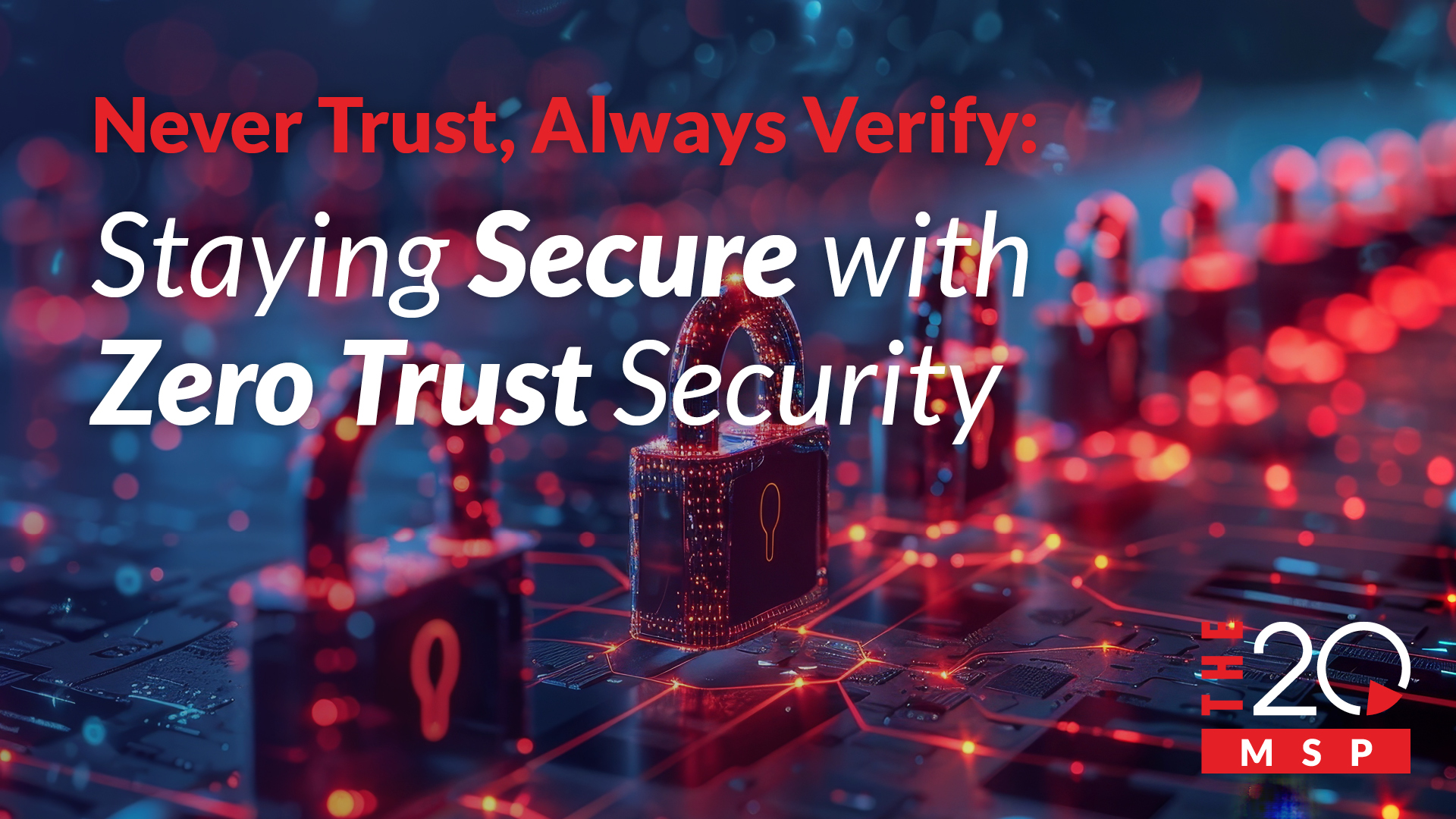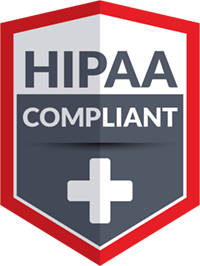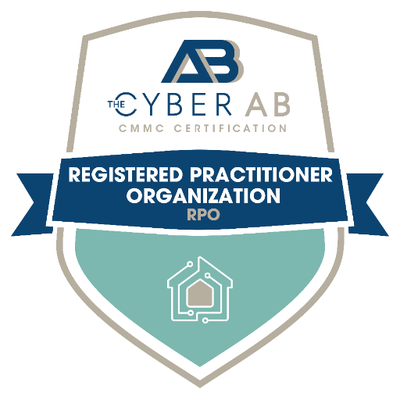
Never Trust, Always Verify: Staying Secure with Zero Trust Security
It’s a scary world out there, folks. After Verizon published its 2024 Data Breach Report detailing over 10,000 confirmed data breaches in the past 7 months, we wouldn’t blame you for swearing off technology forever. We would love to tell you that things are calming down and that the cybercriminals are taking a nice, long summer vacation, but that simply isn’t the truth.
Companies are growing and hackers are only getting smarter. So how do we keep up? Are we destined to live in fear of these looming cybercriminals?
One promising approach that has gained traction in recent years is known as zero trust security.
A no-nonsense security strategy, zero trust aims to protect your network by constantly checking who and what can access it, and closely monitoring its activity. Not every organization will want or need such an intense level of security, but there’s no denying its relevance in today’s security landscape.
But what exactly is zero trust and how does it work? We’ve got the answers, but first, let’s go over something called your company’s attack surface.
Your Attack Surface
Simply put, your attack surface includes all the vulnerable areas in your organization that hackers could target. This includes anything connected to your network, like computers, laptops, servers and other devices with internet access.
For example, a single office with a few computers and one server will have a much smaller attack surface compared to a company with numerous remote workers, cloud-based servers, and IoT devices. Zero trust security aims to shrink your attack surface into bite-sized, defendable chunks.
Now, let’s zoom in on how zero trust security actually works.
What is Zero Trust?
There’s a phrase coined by the cybersecurity expert – and father of the zero trust security model – John Kindervag:
“Never trust, always verify.”
This phrase sums up the main philosophy behind zero trust security. Where most security setups automatically trust users inside their network (like when you’re logged into your computer at work.), zero trust requires authorization, authentication, and continuous validation for users both inside and outside. This applies before and during their access to applications and data.
That’s right, even users who are already logged into their computers will need to be constantly validated. Zero trust draws from nearly every aspect of cybersecurity, including antivirus detection, encryption, and endpoint management, to minimize an organization’s attack surface.
Zero trust does not mess around.
The Importance of Zero Trust
After the COVID-19 pandemic, the demand for remote access technologies skyrocketed. This caused sweeping changes to how organizations approach network security. As a result, in 2021, US President Joseph Biden put out an executive order for all US federal agencies to comply with regulation NIST 800-207 and implement zero trust policies.
With cyber threats constantly on the rise, organizations must adapt. Larger attack surfaces create risks that only become harder to pin down. Take a look at the Colonial Pipeline hack as an example of remote work gone wrong. In this case, a hacker gained access to an employee’s remote connection (specifically their VPN) and stole around 100 gigabytes of data!
Zero trust reduces hacking risks to help organizations rein in their sprawling attack surfaces using several security principles.
Let’s look at some of the principles most zero trust strategies follow.
The Core Principles of Zero Trust
It’s important to note that many IT experts implement zero trust security in their own ways, as there is no universal method. Zero trust security is a developing approach that evolves daily. Despite this, most zero trust models generally follow these basic principles…
The Assume Breach Mindset
Zero trust adopts what we call the assume breach mindset. In this mindset, every network connection is treated as potentially malicious, and every device and application is assumed to be compromised. Each principle follows this approach, taking a proactive and aggressive approach to network security.
Monitoring and Validation
As mentioned earlier, zero trust constantly monitors both user accounts and devices. Zero trust security tools require authentication before any connection is made to an organization’s network, and current connections timeout periodically for re-verification.
This constant verification, although potentially bothersome, ensures that everyone connected to a network is who they say they are.
Least Privilege
We’re on a need-to-know basis with zero trust, meaning that users are provided minimum access to their organization’s data, allowing them only what they need to work and nothing more. For example, a graphics designer might have access to just the marketing folder, while an engineer might only have access to a blueprints folder. This limits what a hacker could access if they compromise a user account.
Device Access Control
Similar to least privilege, zero trust also strictly controls and manages all devices connected, or attempting to connect, to its network through extensive endpoint management.
With the influx of IoT devices and remote work, the risk of a compromised system jeopardizing your business is no joke. It only takes one hacker to slip through your defenses before it’s game over. Zero trust acts as the security checkpoint for all network traffic – every connection must undergo thorough vetting before trust is granted.
Microsegmented Network
When a hacker cracks a bad password, they can slither from their point of entry all the way to an organization’s most vital data. We call this lateral movement.
Zero trust security limits a hacker’s lateral movement by chopping your organization’s network into smaller, microsegmented zones. For instance, say a hacker breaks into your company’s marketing department segment. Sure, they can now access your photos, files, and other marketing data, but without proper authorization, they won’t be able to access other sensitive microsegments such as the finance drives or server databases.
Moreover, if a single zone becomes compromised, it’s far easier for an IT team to diagnose compared to a hacker with free rein over an entire network.
Do You Really Need Zero Trust?
The security benefits are pretty clear: aggressive, proactive measures that decrease your attack surface. But there’s an elephant in the room, and it’s the constant prompt asking for your login information. We get that many small to medium-sized businesses (SMBs) won’t want to deal with these kinds of headaches.
So you’re probably asking yourself:
Does my company really need zero trust?
While we won’t tell you that you 100% need it, we urge you to heavily consider it. Some industries such as healthcare, finance and any other industry that works with sensitive data, may find zero trust far more critical, while others may not want to bother with the hassle. At the end of the day, it’s your decision, so take some time to think it through – and of course, consult your IT staff or provider for expert guidance.
If your company relies on its network for remote workers or stores its data digitally – which businesses are doing more so than ever before – you’re going to want the best security out there. Hackers are improving their skills every single day, and you need to be prepared for them. According to Okta’s 2023 State of Zero Trust report, 61% of organizations worldwide have implemented some form of zero trust initiative.
Trust in Zero Trust
Take a hard look at your existing security. If you don’t think you need zero trust – although there’s a good chance you do – consider starting small. Secure what’s critical to your business first. Zero trust is a gradual journey with a range of outcomes. Build it bit by bit, and soon enough you’ll have a no-nonsense security environment ready to match any hacker punch for punch.
Need Someone to Trust?
Looking for a partner to plan out and implement your zero trust security model? Why not check out The 20 MSP? With over thirty years of experience and a US-based security operations center (SOC), we can help you get the most out of every dollar you spend on cybersecurity, protecting your business and your bottom line.
Schedule your call today and let’s talk about how to best secure your livelihood.



